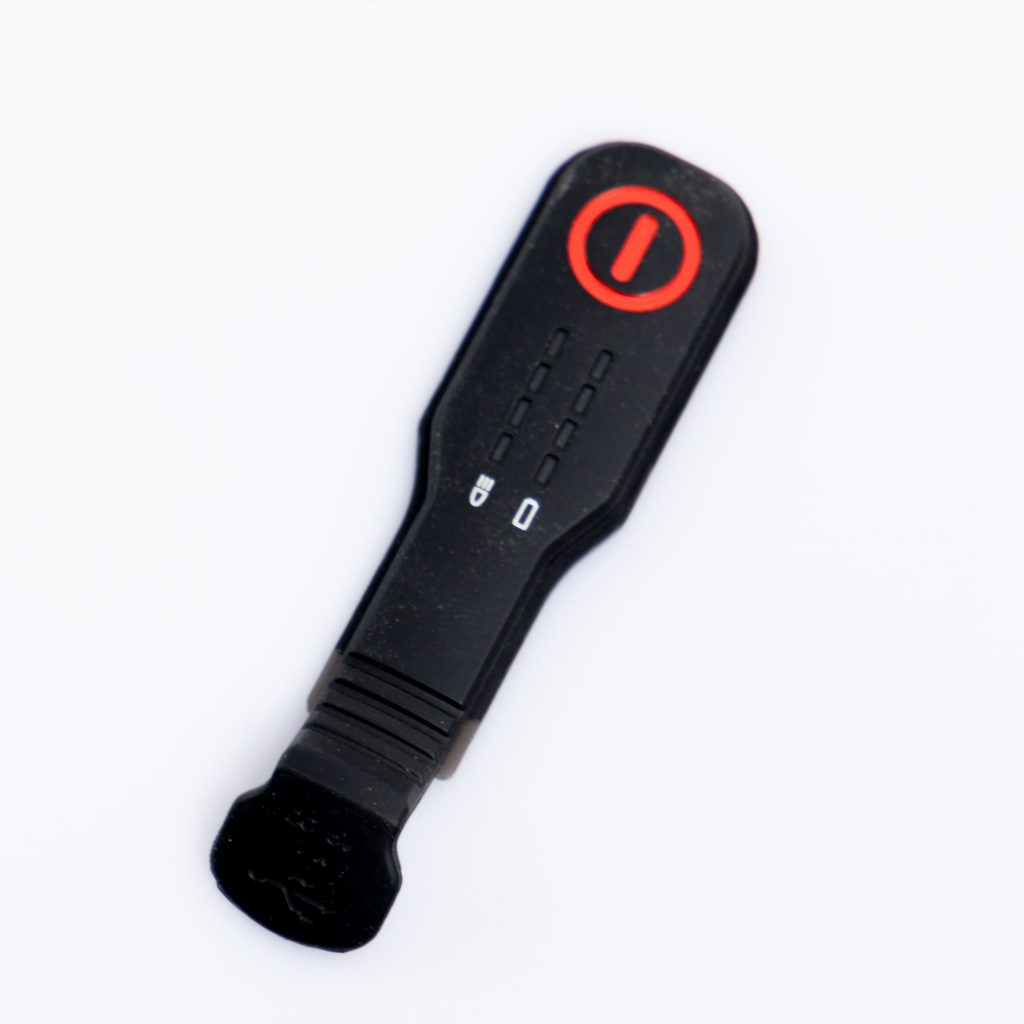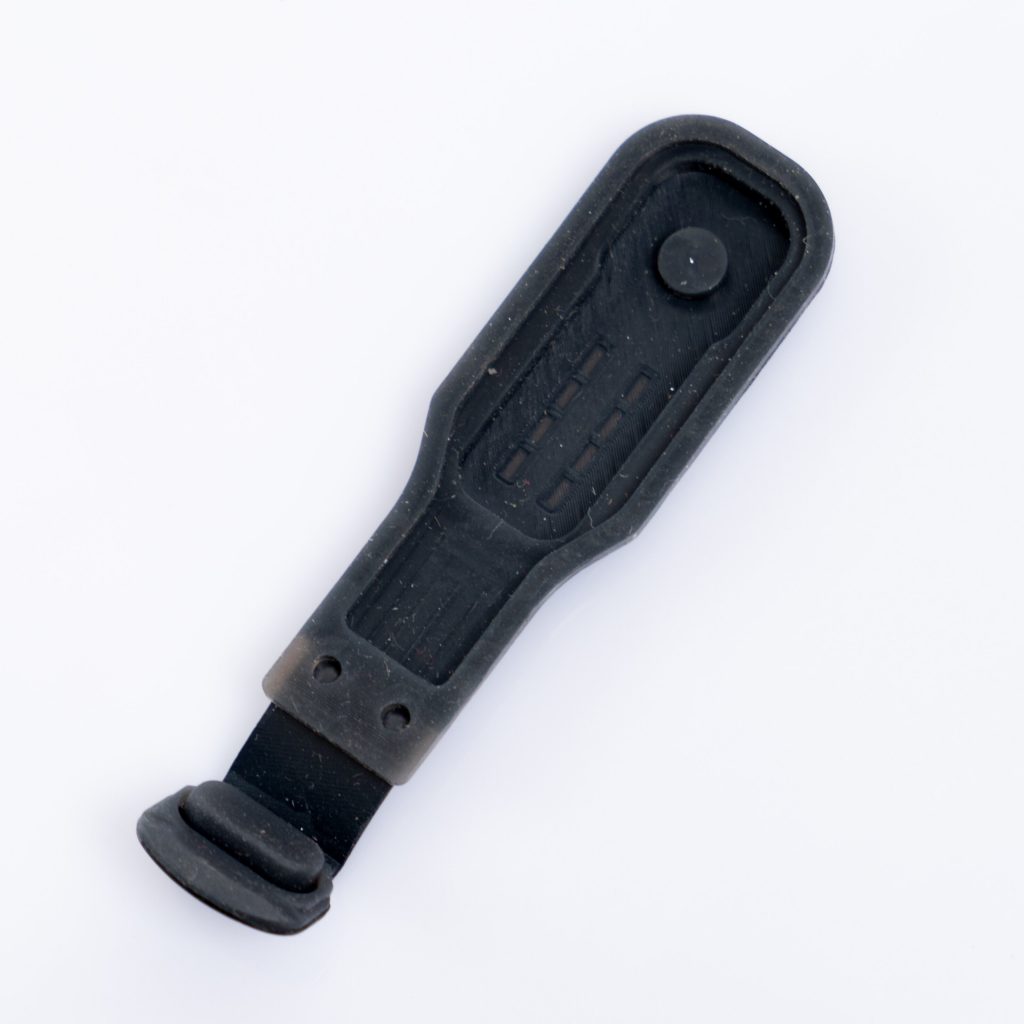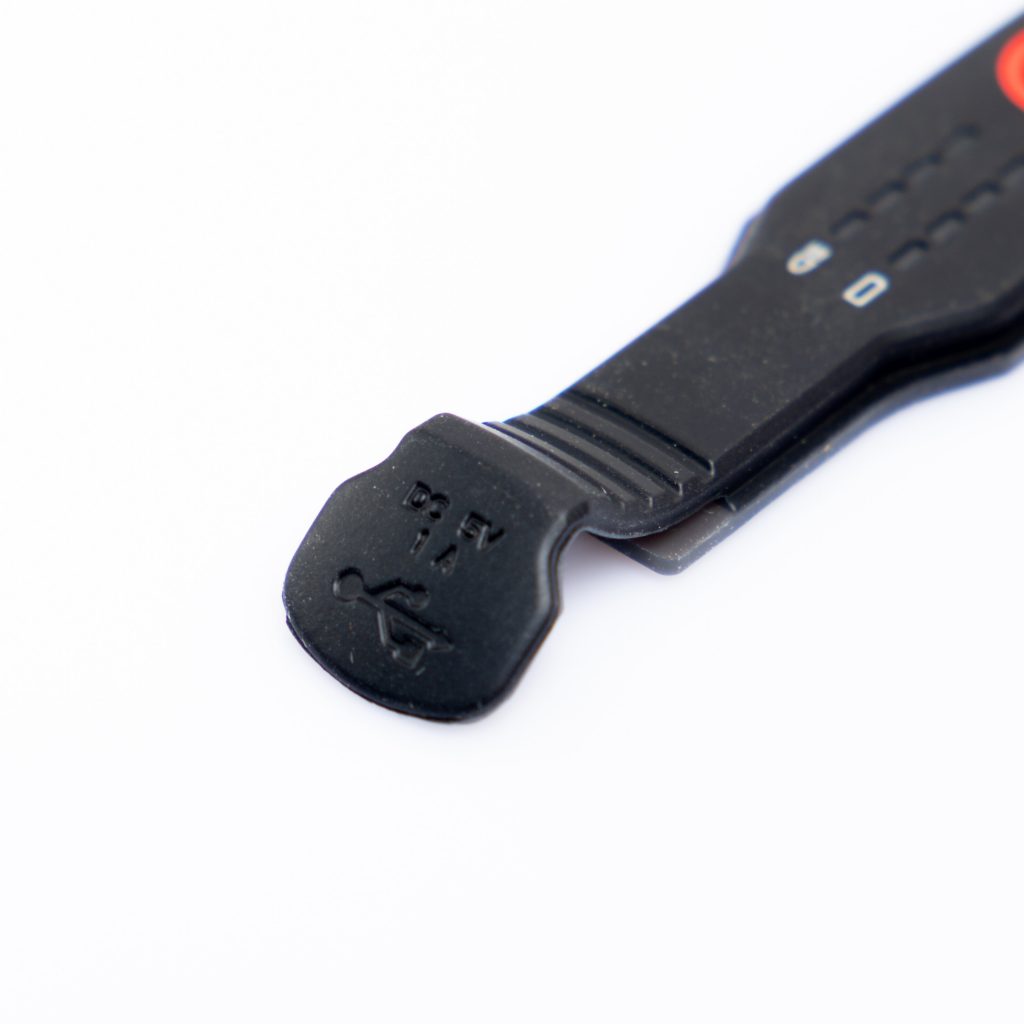Contact
Write to Us And We Would Be Happy to Advise You.
Do you have any questions, or would you like to speak directly with a representative?
By hqt
In the world of aviation, precision and reliability are paramount. Avionics control panels are the nerve center of an aircraft, where pilots and crew members interact with complex systems to ensure safe and efficient flight. A seemingly minor but crucial component of these control panels is the silicone buttons. However, they are not just ordinary buttons. They require a special protective layer of PU coating. In this article, we’ll delve into the reasons why silicone buttons on avionics control panels always need to be coated with PU (Polyurethane) coating.



Before we delve into the necessity of PU coating for silicone buttons, it’s essential to understand the critical role avionics control panels play in aviation. These panels serve as the interface between the flight crew and the aircraft’s electronic systems. Pilots rely on them for navigation, communication, monitoring engine performance, and controlling various onboard systems.
Silicone buttons are commonly used in avionics control panels for several reasons. They offer excellent resistance to extreme temperatures, chemicals, and moisture, making them ideal for aviation applications. Additionally, silicone buttons provide a tactile response, ensuring that pilots can operate the controls effectively, even when wearing gloves.
While silicone buttons have numerous advantages, they are not invincible. They are susceptible to wear and tear, especially in the demanding environment of an aircraft cockpit. Factors like constant use, exposure to UV radiation, and contact with aviation fuels and chemicals can deteriorate the silicone’s surface over time.
To address the vulnerability of silicone buttons, avionics manufacturers turn to PU coating. PU coating, or Polyurethane coating, is a protective layer that is applied to the surface of silicone buttons. This coating serves several crucial purposes:
1. Enhanced Durability: PU coating forms a robust barrier that shields the silicone buttons from physical abrasion and chemical corrosion. It significantly extends the lifespan of the buttons.
2. Improved Tactile Feel: The coating doesn’t compromise the tactile feedback of the silicone buttons, ensuring that pilots can operate them with precision.
3. Resistance to Environmental Factors: PU-coated silicone buttons can withstand extreme temperatures, moisture, and UV radiation, making them ideal for aviation environments.
4. Easy Cleaning: The smooth surface of PU-coated buttons is easy to clean and disinfect, which is crucial for maintaining hygiene standards, especially in the post-COVID-19 aviation world.
In the world of avionics, even the smallest malfunction can lead to catastrophic consequences. Therefore, avionics engineers and manufacturers must continuously strive for perfection. When it comes to silicone buttons, the challenges are clear:
1. Safety: Ensuring that buttons work flawlessly under all conditions is a matter of safety. A malfunctioning button could lead to a miscommunication or a critical system failure.
2. Reliability: Airlines and passengers rely on aircraft to be dependable. Buttons must function consistently over time without degradation.
3. Compliance: The aviation industry is heavily regulated. All components, including silicone buttons, must meet strict standards and certifications.
In conclusion, silicone buttons on avionics control panels always need to be coated with PU coating for the sake of durability, safety, and reliability. PU coating enhances the lifespan of these critical components while ensuring they can withstand the rigors of aviation. In an industry where precision is paramount, the protection and performance of silicone buttons are non-negotiable.
Q1: Can PU-coated silicone buttons be repaired if they get damaged?
A1: In most cases, damaged PU-coated silicone buttons need to be replaced rather than repaired to maintain the highest level of safety and reliability.
Q2: Are there any alternatives to PU coating for protecting silicone buttons?
A2: While PU coating is the most common choice, some avionics manufacturers may explore other protective coatings depending on specific requirements.
Q3: How often do avionics control panels undergo maintenance?
A3: Avionics control panels undergo regular maintenance as per strict schedules, including inspections and component replacements to ensure optimal performance.
Q4: Can the PU coating affect the tactile feel of silicone buttons?
A4: When applied correctly, PU coating should not significantly affect the tactile feel of silicone buttons.
Q5: Is PU coating used only in aviation, or are there other applications?
A5: PU coating is used in various industries beyond aviation, such as automotive, marine, and electronics, wherever protection and durability are essential.
Do you have any questions, or would you like to speak directly with a representative?